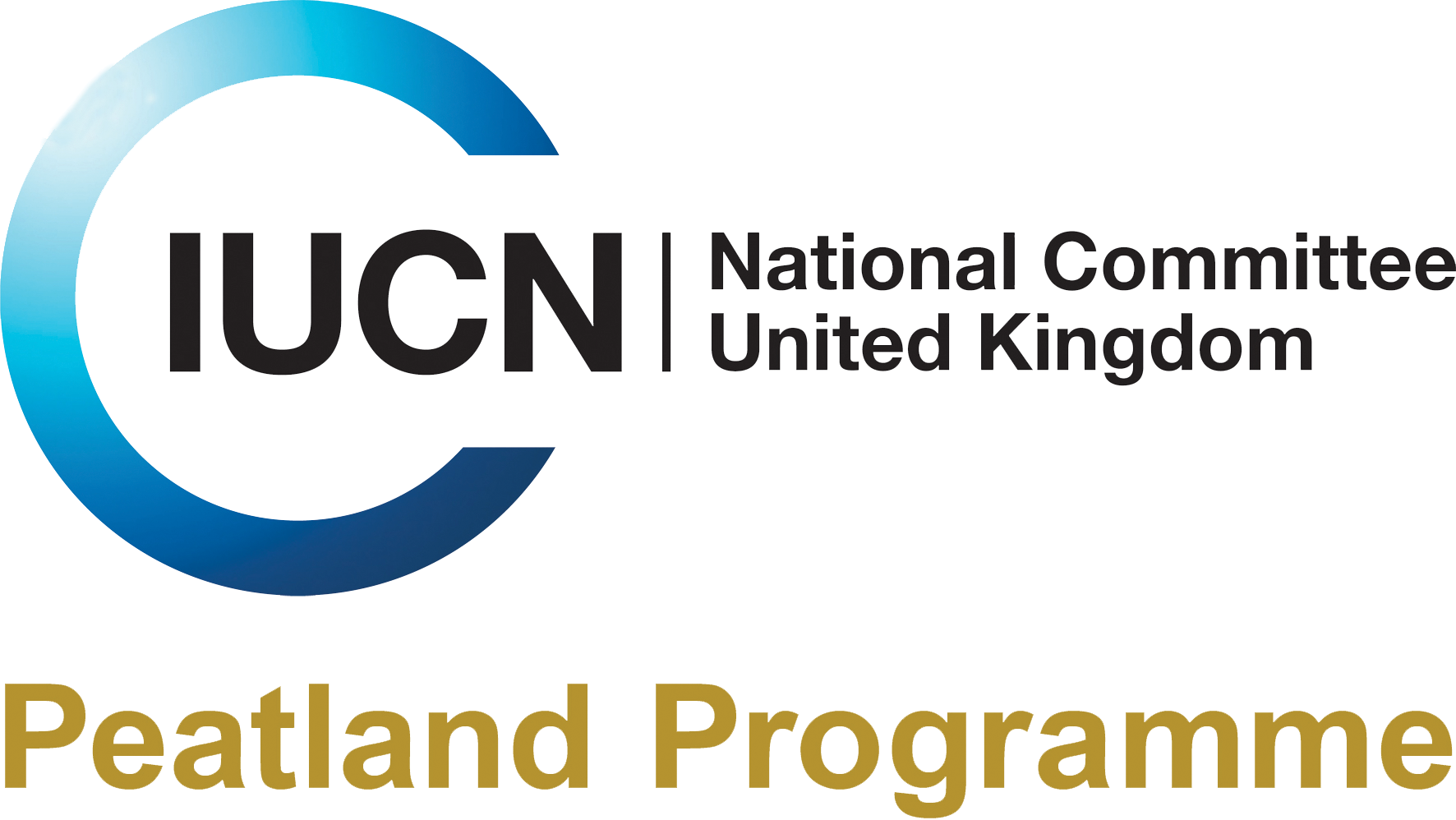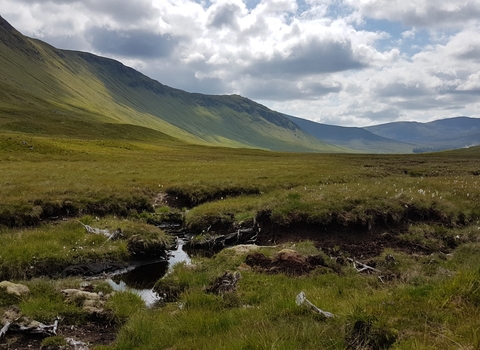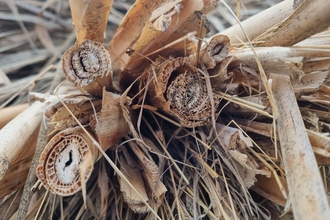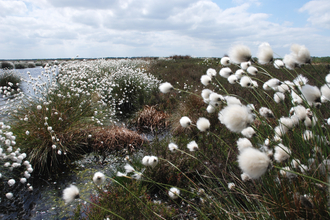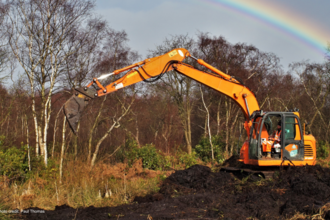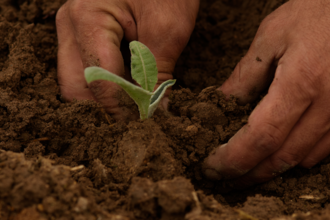Peatlands are the largest extent of semi-natural habitat in the UK – across the four countries there are approximately 3 million hectares of peatlands, which make up around 12% of the land area. The largest areas are found in Scotland, where peatlands make up around a fifth of Scotland’s land.
Peatlands are invaluable both for their intrinsic beauty and biodiversity, and for the broad range of ecosystem services they provide. Preservation and conservation of our peatlands are therefore of vital importance. While the UK’s national governments have recognised the importance of peatlands by extending protected status to some (approximately 70% of England’s peatlands and 25% of Scotland’s peatlands are protected), the protected status is not always functioning as intended with many areas remaining degraded or declining in condition.
Such an important resource requires responsible management if we are to optimise the benefits and avoid the hugely damaging social and economic costs of environmental degradation. Action taken now will avoid far greater costs to society in future, particularly in the face of an already changing climate. A strategic approach is recommended by IUCN Resolution 043 ‘Securing the future for global peatlands’ to help address the different pressures and demands to secure the best long-term solution for society in a way that takes account of these multiple interests. This will be essential to secure the long-term future of our peatlands and the key ecosystem services that they provide.
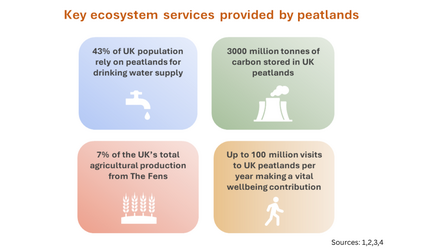
However, this value and the services provided means that there are many, often competing interests at play. Peatlands are used for livestock farming, arable production, water supply, recreational purposes – including grouse shooting - and horticultural and whisky peat production. Others may be interested in them for their cultural history – there are thought to be approximately 22,500 archaeological sites in the UK’s peatlands4 – or their unique biodiversity or role in climate change. Whilst many activities have played a role in damaging peatlands, it is clear that we need to protect peatlands to safeguard their ecosystem provisions in perpetuity. This may mean that we need to shift the way we use peatlands for things such as food production, working with their natural function rather than seeking to re-engineer them.
The UN Food and Agriculture Office and Wetlands International identified a series of ten strategic priorities for the protection of peatlands globally and in 2018, we published the IUCN UK Peatland Strategy to support these objectives in the UK. In 2024 we published a 5 year progress report against the overarching objectives of the strategy.

References
1. Xu J, Morris PJ, Liu J, Holden J. Hotspots of peatland-derived potable water use identified by global analysis. Nature Sustainability. 2018 May;1(5):246–53. https://www.nature.com/articles/s41893-018-0064-6.
2. UK Centre for Ecology & Hydrology. Peatlands factsheet [Internet]. 2023. Available from: https://www.ceh.ac.uk/sites/default/files/Peatland%20factsheet.pdf.
3. NFU. Delivering for Britain: Food and Farming in the Fens (report). 2019. Available from: delivering-for-britain-food-and-farming-in-the-fens.pdf.
4. UK natural capital - Office for National Statistics [Internet]. www.ons.gov.uk. Available from: https://www.ons.gov.uk/naturalcapitalaccounts#ecosystem-services.
Find out more about how we can protect peatlands by exploring each of the themes below.
